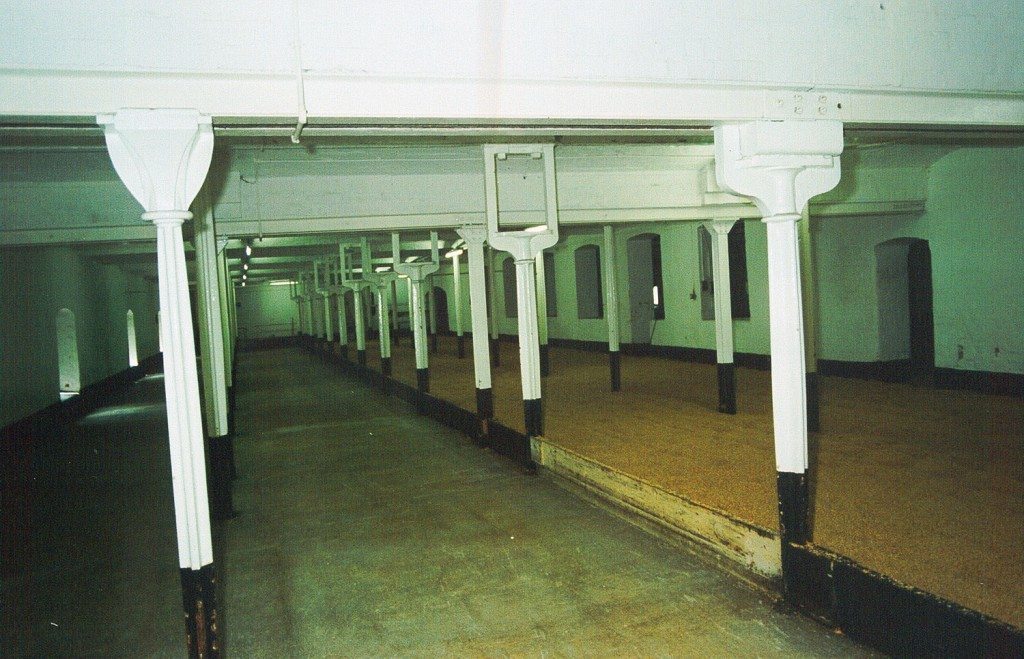Ditherington Flax Mill
Image: Ditherington Mill. Three lines of cast-iron columns run along each floor, supporting cast-iron beams. Each beam is cast in two halves which are bolted together through heavy flanges.
Image from: Shropshire Archives
Charles Bage’s Ditherington Mill was expensive to build. Marshall, Benyon and Bage invested £17,000 in buildings and equipment before 1804. It was also huge. The main mill had five floors including an attic and had a working area of 2,880 square metres. Its cast-iron construction was its most important feature. A number of extensions and new buildings were added in the early nineteenth-century, including a flax warehouse, two apprentice houses and a blacksmith’s shop. It was an important part of Shrewsbury’s physical, economic and social landscape. One writer announced:
“In the Year 1796, a considerable manufactory of linen was established at the end of the suburb called Castle-Foregate, by Messrs Benyon and Bage, of this place and Mr Marshall of Leeds. This has already attained to great perfection under the spirited and skilful management of these gentlemen, who are entitled to just praise for their humane and judicial attention to the health and morals of the numerous young persons they employ. The buildings are very extensive, and are secured from the ravages of fire by the exclusion of timber from almost every part of their construction, the roofs and floors are supported on brick vaults, the window frames, and all other parts where wood is used in building are here of cast-iron. The machinery, which is of wonderful contrivance, is worked by two steam engines.”
« Previous in this sectionNext in this section »Continue browsing this section
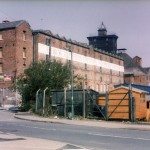 Charles Bage, the Flax Industry and Shrewsbury’s Iron-Framed Mills
Charles Bage, the Flax Industry and Shrewsbury’s Iron-Framed Mills
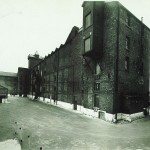 Shrewsbury’s Industrial Context
Shrewsbury’s Industrial Context
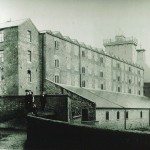 The Location of Ditherington Mill
The Location of Ditherington Mill
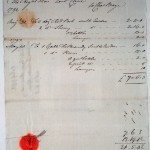 Bill for the supply of liquor from Charles Bage to Lord Clive 1792
Bill for the supply of liquor from Charles Bage to Lord Clive 1792
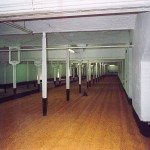 Charles Bage and Iron Construction
Charles Bage and Iron Construction
 Charles Bage: Business and Local Affairs
Charles Bage: Business and Local Affairs
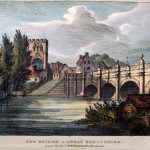 Thomas and Benjamin Benyon
Thomas and Benjamin Benyon
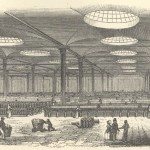 John Marshall
John Marshall
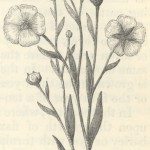 Growing and Preparing Flax
Growing and Preparing Flax
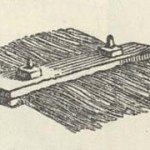 Processing and Spinning Flax
Processing and Spinning Flax
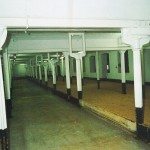 Ditherington Flax Mill
Ditherington Flax Mill
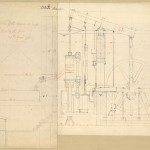 Ditherington Mill: Steam Power
Ditherington Mill: Steam Power
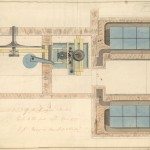 Ditherington Mill: Steam Power
Ditherington Mill: Steam Power
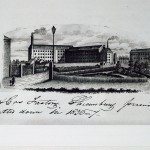 Castlefields Mill: Origins
Castlefields Mill: Origins
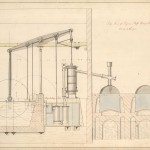 Castlefields Mill: Steam Power
Castlefields Mill: Steam Power
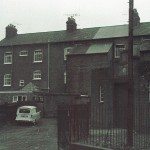 Castlefields Mill: the Flax Warehouse
Castlefields Mill: the Flax Warehouse
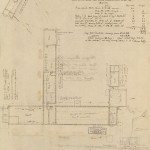 Castlefields Mill: Gas Lighting
Castlefields Mill: Gas Lighting
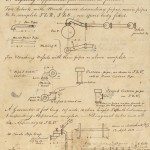 Castlefields Mill: Gas Lighting
Castlefields Mill: Gas Lighting
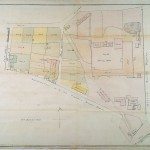 Castlefields Mill: Sale and Demolition
Castlefields Mill: Sale and Demolition
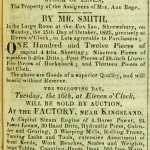 Kingsland Mill
Kingsland Mill



